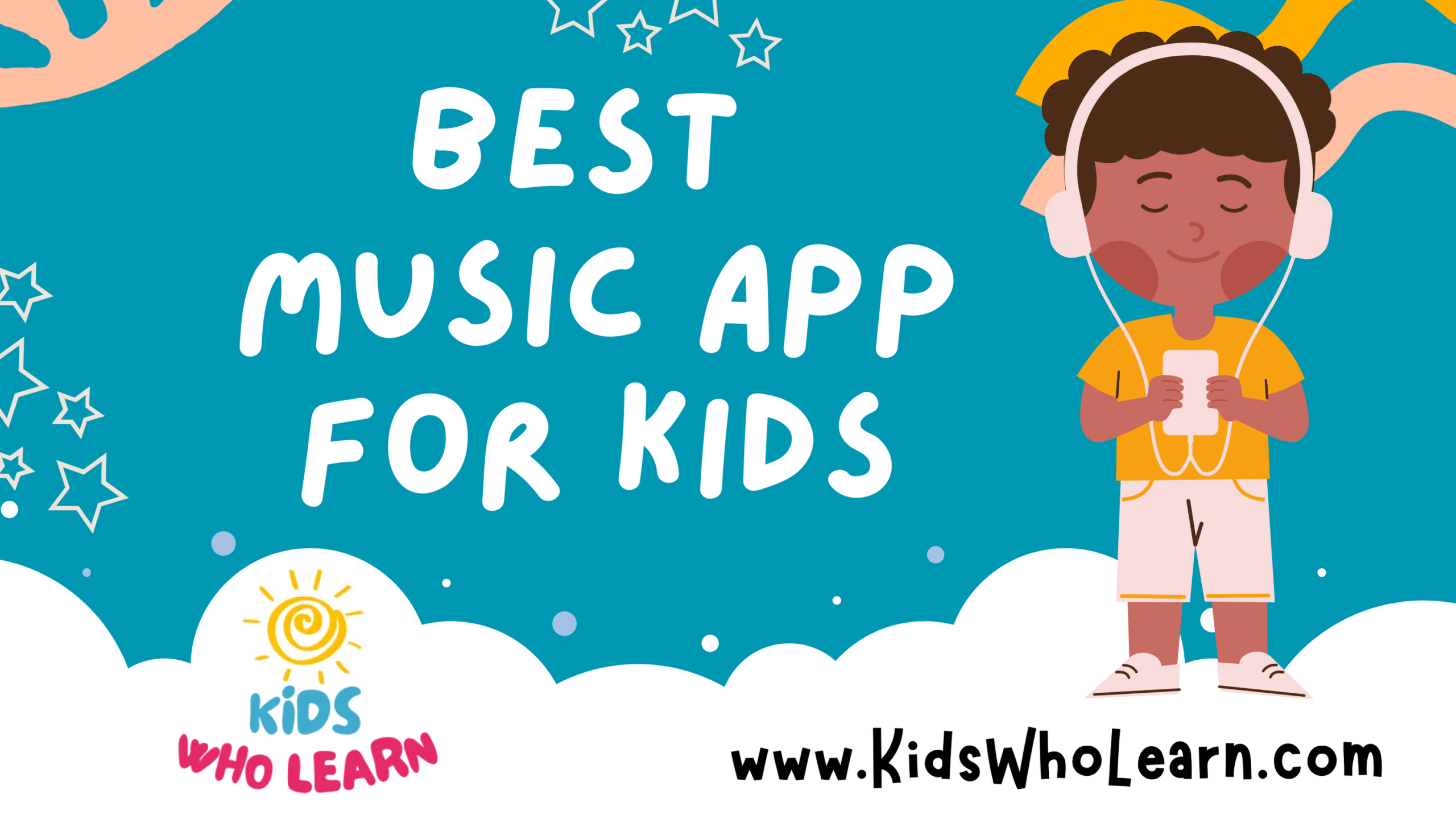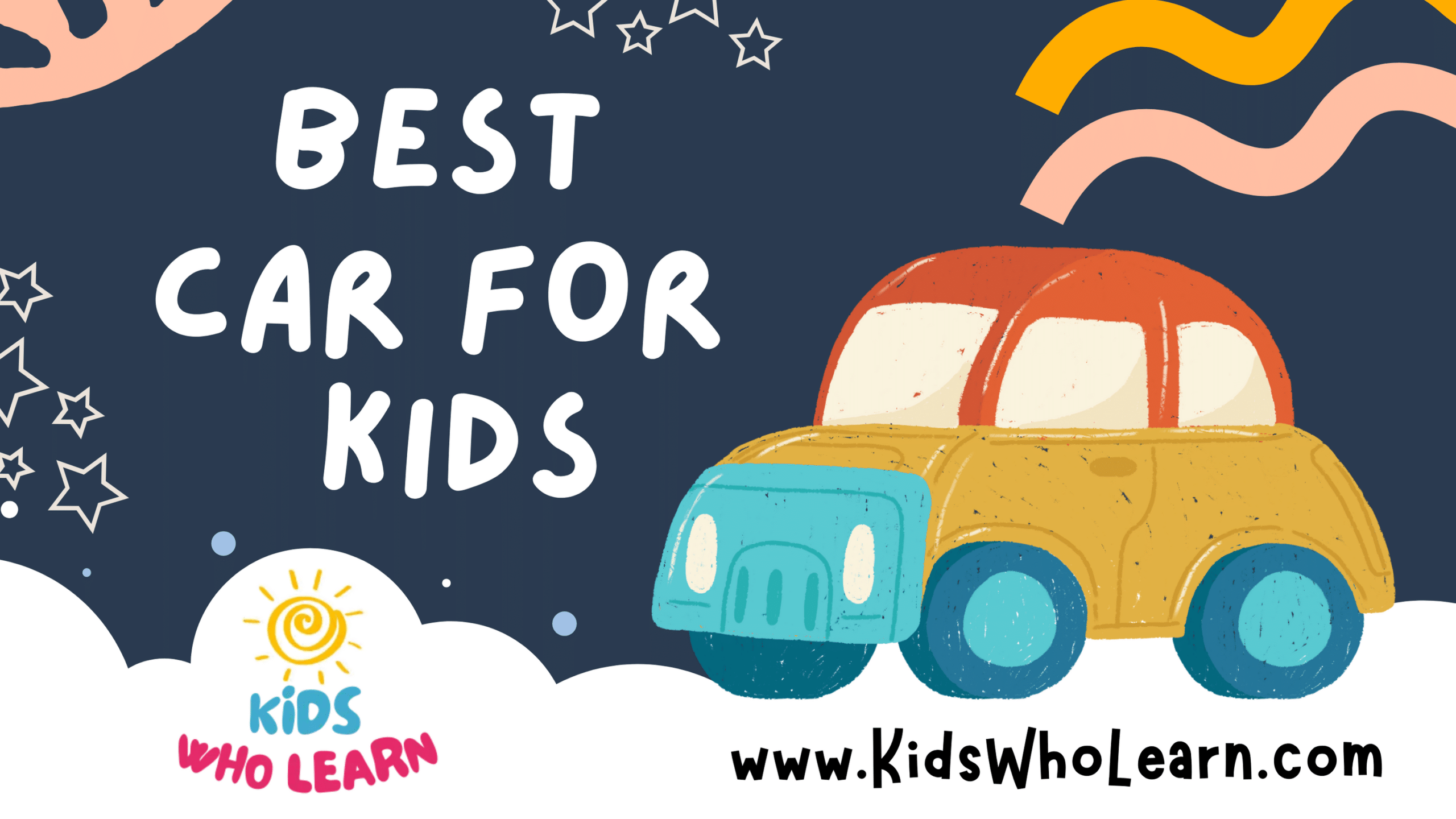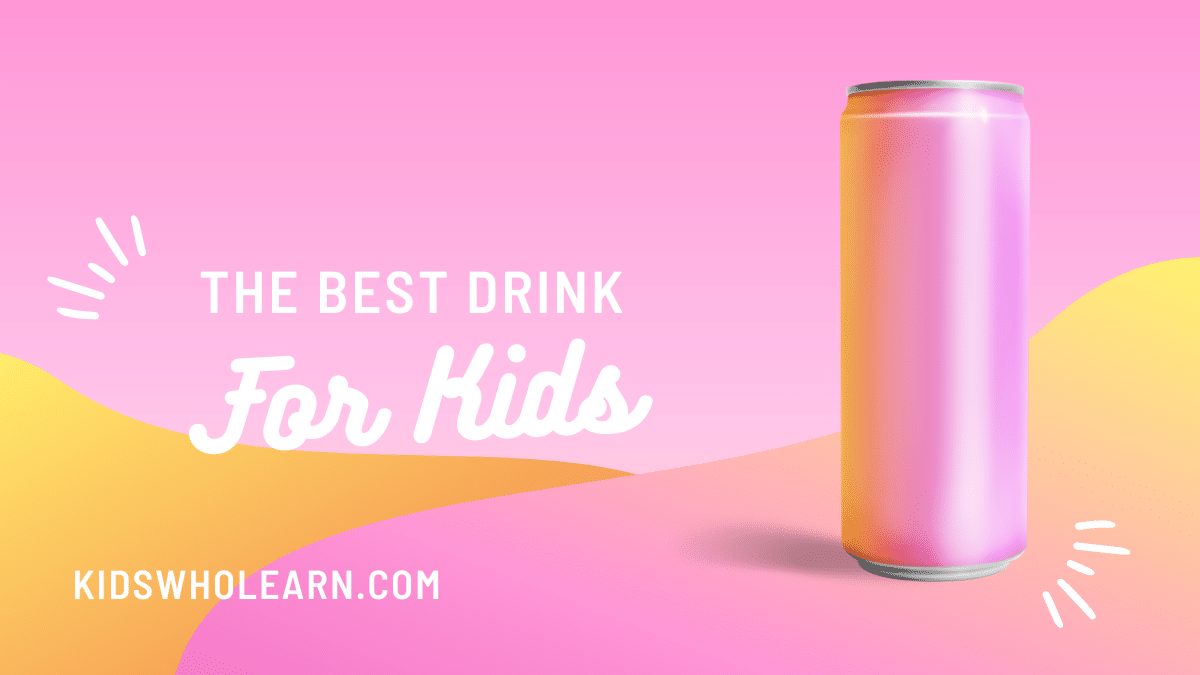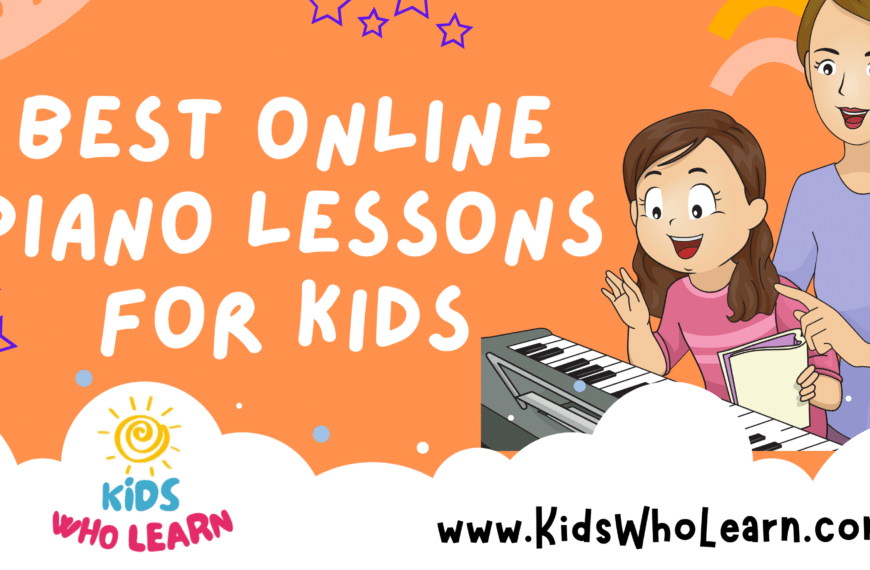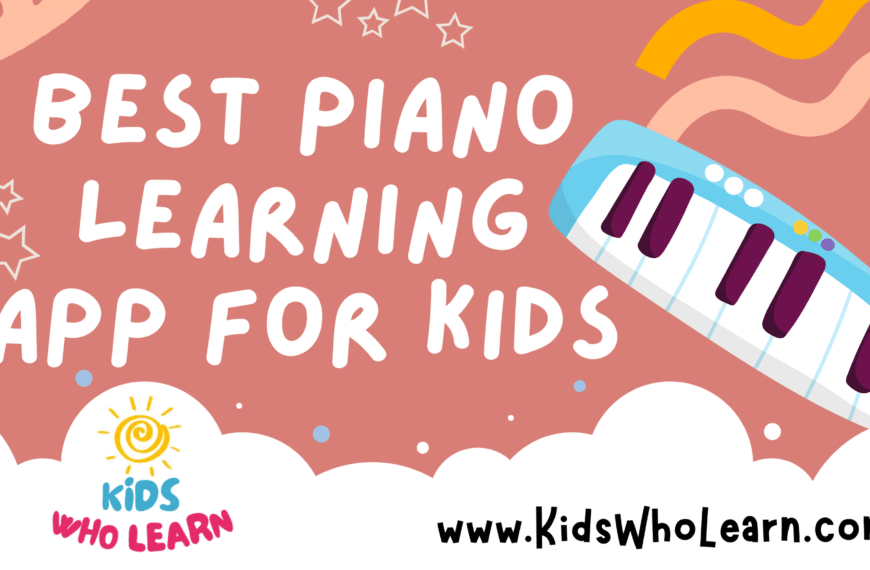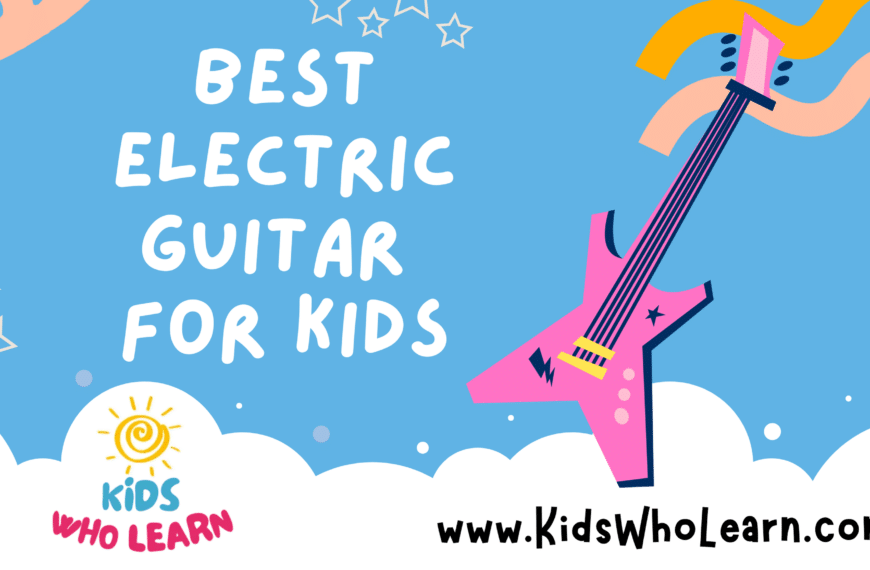Music is not just a source of entertainment; it’s also a powerful educational tool, especially for children. With the advent of digital technology, music apps have become a popular means for kids to explore and enjoy music. These apps can serve both as a platform for creative expression and as an interactive learning environment. Choosing the best music app for your child means finding one that offers an engaging and safe experience tailored to the developmental needs and interests of kids.
In selecting an app, parents should look for features that enable kids to discover various genres, learn about musical concepts, and even build their own tunes. Safety features are also crucial to ensure that children’s encounters with music apps are not only educational but secure as well. Companies have recognized the unique needs of younger users and have designed music apps that are both appealing and appropriate for a family setting.
Key Takeaways
- Music apps for kids combine entertainment with education, fostering creativity and learning.
- The best apps offer interactive features for exploring and understanding music while ensuring safety.
- Parents should select apps with child-friendly content, robust safety measures, and engaging musical activities.
Benefits of Music Apps for Kids
Music apps for kids offer a unique blend of entertainment and education, contributing to various developmental areas. As you explore these apps, their benefits become clear.
Cognitive Development
Your child’s cognitive skills can significantly improve through interactive music apps. These apps often include puzzles and memory games that are based on music theory, teaching children to recognize patterns, sounds, and symbols. For instance:
- Rhythm recognition: Helps with understanding timing and sequence.
- Note identification: Sharpens memory and recognition skills.
Emotional Expression
Music apps allow kids to express their emotions healthily. By using educational apps tailored for emotional development, they can link feelings to music, aiding in:
- Emotional literacy: Associating music with different moods.
- Stress relief: Using music to relax and process feelings.
Creativity and Self-Expression
When kids engage with music apps, they open up a world of creative possibilities. Interactive features like:
- Song composition: Encourages kids to create their own tunes.
- Instrument simulation: Lets kids experiment with different sounds.
These tools foster a sense of freedom and confidence in their creative self-expression.
Learning Fundamentals of Music
Teaching music to kids through apps can be both effective and fun. Important fundamentals like pitch, rhythm, and scales can be integrated into games and activities, giving them a foundational understanding of music theory. Examples include:
- Notation games: Simplify learning staff notation.
- Interactive lessons: Offer step-by-step guides for beginners.
Key Features of the Best Music Apps for Kids
Selecting the best music apps for your kids involves looking for features that ensure a safe, enjoyable, and enriching experience. These apps should offer age-appropriate content, robust parental control options, and a variety of music to keep kids engaged while also including interactive educational components to foster a love for music.
Age-Appropriate Content
The best music apps for kids curate family-friendly playlists that feature a wide array of genres from nursery rhymes to classical music. You should look for apps that specifically tailor content to various age groups to ensure your kids are listening to suitable tunes.
Examples:
- Toddlers:
- Nursery rhymes
- Simple songs with repetitive lyrics
- School-Age Children:
- Songs with positive messages
- Introduction to different music styles (rock, classical, etc.)
Parental Control Options
Parental controls are critical, allowing you to manage screen time and oversee your children’s musical journey. You want to ensure that the music app provides tools to limit access to inappropriate content and to help you monitor usage.
Key Controls:
- Screen Time Limits: Set how long your kids can use the app.
- Content Restrictions: Filter out content not suitable for children.
Variety and Discovery
Diversity in music can help children discover new music and expand their tastes. Look for apps that offer a breadth of genres, from soothing lullabies to energetic dance numbers. Variety can help children develop a well-rounded appreciation for music.
What to Look For:
- Wide Range of Genres: Exposure to different styles like pop, rock, and jazz.
- Curated Playlists: Tailored lists that can include seasonal songs or instrumental music.
Interactive and Educational Components
Interactive features such as music games or tools for learning to play an instrument can significantly enhance the experience. Apps that incorporate these elements not only entertain but also provide valuable skills and knowledge.
Interactive Elements:
- Music-based games that develop rhythm and listening skills
- Virtual piano or instrument tutorials to begin a hands-on musical education
By focusing on these key features, you can choose the best music apps that offer a safe, enjoyable, and educational environment on your mobile device, whether it be an iPad or iPhone.
Top Recommended Music Apps for Kids
When considering music apps for kids, it’s important to find engaging, age-appropriate, and safe options. Here’s a collection of top music app categories that you can trust for quality child-friendly content.
Apps for Younger Children
- Baby Mozart: Crafted for babies, this app combines Mozart’s music with visual stimulation.
- Nursery Rhymes: A rich collection of classic songs that are easy for toddlers to learn and sing along.
Interactive Music Learning Apps
- Sago Mini Music Box: Encourages musical exploration through interactive storybook settings.
- ABC Kids Listen: Offers a variety of educational music and stories appropriate for young listeners.
- Mussila Music School: An educational journey that teaches basic music theory and instrument recognition.
Music Streaming Apps for Family
- Spotify Kids: Specially curated playlists for children with a vast library of songs.
- Apple Music: Family sharing options make it easy for the whole family to explore music together.
- Pandora: Create custom kid-friendly stations based on favorite artists or songs with a Pandora Premium Family subscription.
Apps Focusing on Musical Instruments
- GarageBand: Gives a full studio experience, allowing kids to experiment with various instrumental sounds.
- Musical Me! HD – by Duck Duck Moose: Focuses on rhythm and notes with engaging characters.
- Music Sparkles: Introduces a wide range of instruments in a vibrant, interactive way.
- Piano: Allows even the youngest musicians to play and learn piano basics.
Safety and Management
When choosing a music app for kids, your top priorities should include stringent parental controls and a commitment to providing a clean, age-appropriate listening environment. It’s important to ensure the app’s library is free from explicit content and that there are tools for you to manage what your child has access to.
Ensuring a Clean and Safe Experience
Selecting a music streaming app that is specifically designed for kids, like Spotify Kids or YouTube Kids, gives you access to libraries curated to be child-friendly. These services employ:
- Age-appropriate content: Every track is selected to suit the listener’s age, with an emphasis on content that is free from explicit lyrics or themes.
- Parental controls: You can manage and review your child’s listening habits, block certain content, or set limitations to ensure a safe experience.
Regular Updates and Support
The best apps for kids not only start clean but stay clean, with regular updates meant to improve security and content filtering:
- Updates: Regular app updates include the latest safety features and improve overall app performance.
- Support: Responsive support teams are crucial for addressing any issues you may encounter and ensuring the app remains a safe space for your child.
Look for apps that show a clear, ongoing commitment to these aspects to maintain a safe and enjoyable listening experience for your child.
Tips for Parents
Selecting the best music app for your child involves more than just finding one with the greatest variety of nursery rhymes and singalongs. It’s about integrating music into their daily routine, exploring new tunes together, and ensuring screen time is beneficial and well-regulated.
Incorporating Music Apps into Daily Routine
Morning Activities: Set a positive tone for the day by playing upbeat singalongs.
After-School Wind Down: Transition from school to home with calming music to help focus and relax.
Exploring Music with Your Child
- Discover Together: Take time to explore different genres and artists with your child.
- Share Playlists: Create and share playlists with family-friendly music that you both enjoy.
Encouraging a Balanced Screen Time
- Set Limits: Use parental control features to set healthy screen time limits.
- Engage Off-Screen: Encourage musical activities away from the screen, such as instrument playing or family singalongs.
Expert Insights
When selecting the best music apps for your child, the perspectives of professionals in education and child psychology are invaluable. They apply rigorous criteria to ensure apps are both effective for learning and supportive of emotional well-being.
Teacher-Approved Applications
Experts in early education consistently highlight Sago Mini Music Box and NanaBanana as top choices for kids. Both apps are praised for their interactivity and user-friendly interfaces, making them ideal for young children learning to play an instrument. Sago Mini fosters basic musical skills, while NanaBanana offers a more diverse range of instruments to explore.
| Expert-Recommended App | Age Group | Benefits |
|---|---|---|
| Sago Mini Music Box | 2-4 years | Introduces basic rhythms and melodies. |
| NanaBanana | 4-6 years | Expands knowledge of various instruments. |
Recommendations by Child Psychologists
Child psychologists stress the importance of Yousician and Mussila Music School in promoting a child’s emotional and intellectual growth. Yousician is designed to evolve with your child’s skill level, providing a sense of accomplishment. Mussila Music School, on the other hand, enhances psychological well-being by offering a non-competitive and exploratory environment.
- Yousician: Adapts to individual progress, fostering self-esteem.
- Mussila Music School: Encourages exploration, helping to build a positive relationship with music.
Advice from Music Educators
Music educators emphasize the necessity of apps like ToneTree and Meludia that are sanctioned by teaching professionals for their educational content. ToneTree encourages curiosity in music theory through interactive storytelling, and Meludia sharpens auditory skills which are pivotal for mastering an instrument.
- ToneTree: Combines storytelling with music theory lessons.
- Meludia: Focuses on ear training crucial for playing instruments effectively.
Conclusion
When selecting the best music app for kids, your top considerations should include safety, content variety, and age-appropriateness. Apps like Spotify Kids, YouTube Kids, and Pandora stand out as leaders in the space, offering a comprehensive selection of music tailored for children.
- Spotify Kids: Curated content, ad-free experience, and parental controls.
- YouTube Kids: Vast library with the ability to monitor watch history.
- Pandora: Customizable with the creation of child-friendly stations.
Ease of use cannot be compromised, ensuring that your kids can navigate the app safely and independently. Subscription costs, offline playback, and educational elements are also factors to compare.
Remember that regular updates and community feedback often refine these services. Trustworthy reviews and actual user experiences are invaluable for an authoritative insight into which app will best suit your needs.
In your quest for an optimal music app for your children, weigh all factors carefully. Your final decision should align with your values, the interests and maturity level of your child, and the desire for a secure, entertaining, and educational music experience.
Frequently Asked Questions
This section provides concise answers to common inquiries regarding music apps suitable for children. You’ll find information on safety, control, accessibility, and specific features tailored for young listeners.
What are the safest music streaming options available for children?
The safest music streaming options for children include Spotify Kids, which is designed specifically for young listeners, and Amazon Music for Kids, both offering curated content appropriate for various age groups.
Which music apps offer the most comprehensive parental controls?
Apps like Spotify Kids and YouTube Kids allow you to set up robust parental controls. You can manage content accessibility, set listening time limits, and review listening history to ensure a safe and tailored listening experience for your child.
How can children access music streaming services without the need for a smartphone?
Children can access music streaming services through tablets, desktop computers, or web players. Some services are also compatible with smart speakers and digital media players, allowing for smartphone-free usage.
Can students use any of the music apps for free for educational purposes?
Services like Spotify and Apple Music offer free tiers that can be used for educational purposes. However, these may come with ads and limited functionalities. Additionally, educational institutions may have special arrangements with service providers for access.
Are there any music streaming services designed specifically for 10 year olds?
Yes, Spotify Kids is an app designed for children aged three and up, with content curated for various age brackets, including 10 year olds. Similarly, Amazon Music for Kids provides a range of child-friendly content suitable for that age group.
What are the advantages and limitations of Spotify Kids compared to the regular Spotify app?
Spotify Kids provides an ad-free experience with handpicked playlists for children, ensuring they only access age-appropriate content. However, unlike the regular Spotify app, it has a more limited music library and does not allow individual track selection, catering specifically to the underaged audience.

